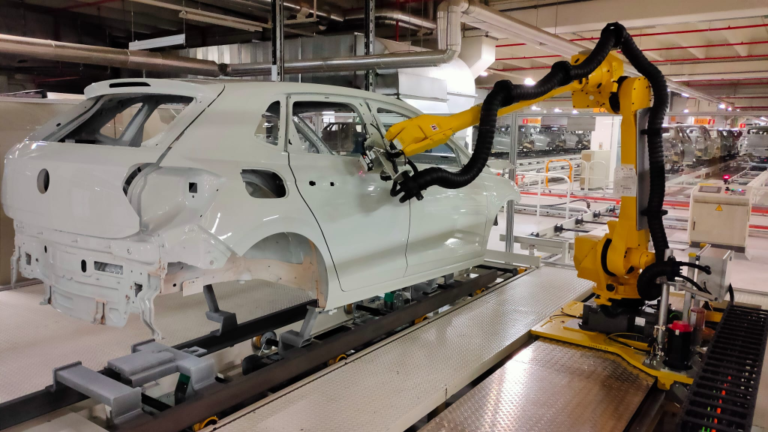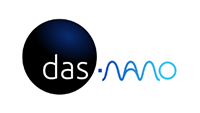The entire world is talking about the Coronavirus outbreak. Concern has grown in recent days due to the virus spreading to new countries and the increase in the number of cases. Governments and other public authorities are starting to give several recommendations to the population to prevent infection. Private entities have also started to restrict employees’ mobility and have implemented measures such as teleworking.
Access Control Systems
One of the restrictions that apply to both public and private bodies is the management of access control systems. Many of these systems, including fingerprint scanners, require contact, making hundreds of users touch the same thing. Due to the circumstances, advise is being given not to use this type of procedures.
Facial Biometric Access on the other side is exercised without the need for users to contact the terminal or other users’ prints at all. das-Nano and Veridas have developed a system in which all the user needs to use is his or her phone along with their face.
How does Facial Biometric Access work?
This innovative access control system combines ultra speed with maximum security. Powered by Artificial Intelligence, there is no need for a face-database. Users register remotely via app or web by taking a selfie (and optionally their Identity Document for added security). Behind this smooth and frictionless process rests a technology that processes the user’s photo and transforms it into a private and irreversible biometric vector, meaning that it is not possible to return to the original photo. This biometric vector is then either encrypted in a QR code, so that users are the owners of their data at all times, or stored in the access terminal, which allows users to access only with their face. Verification in both cases at the entrance is carried out in less than a second.
das-Nano and Veridas recently inaugurated the first event in Navarra with this type of technology, demonstrating how facial biometric access can prevent the spread of diseases.











